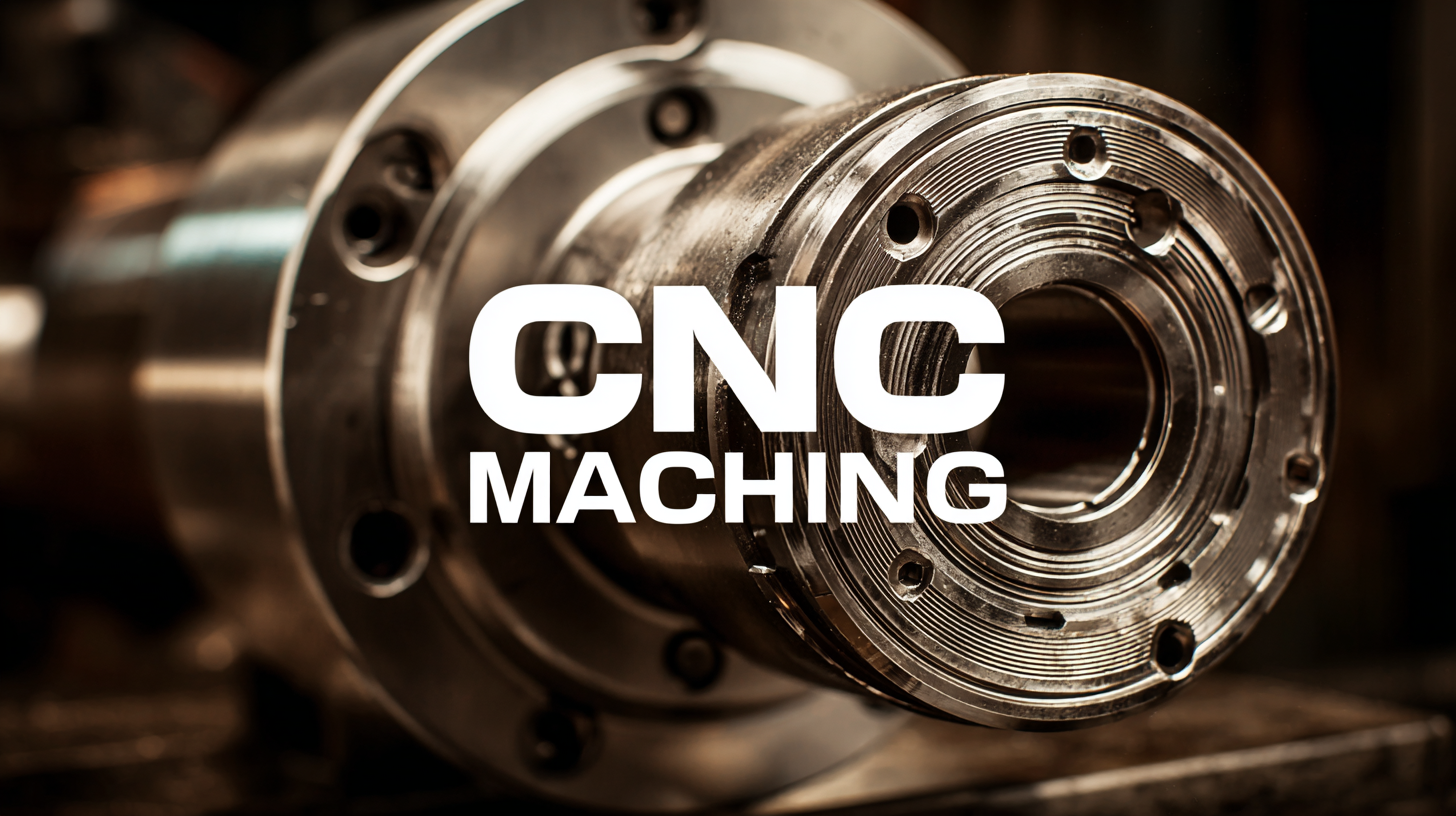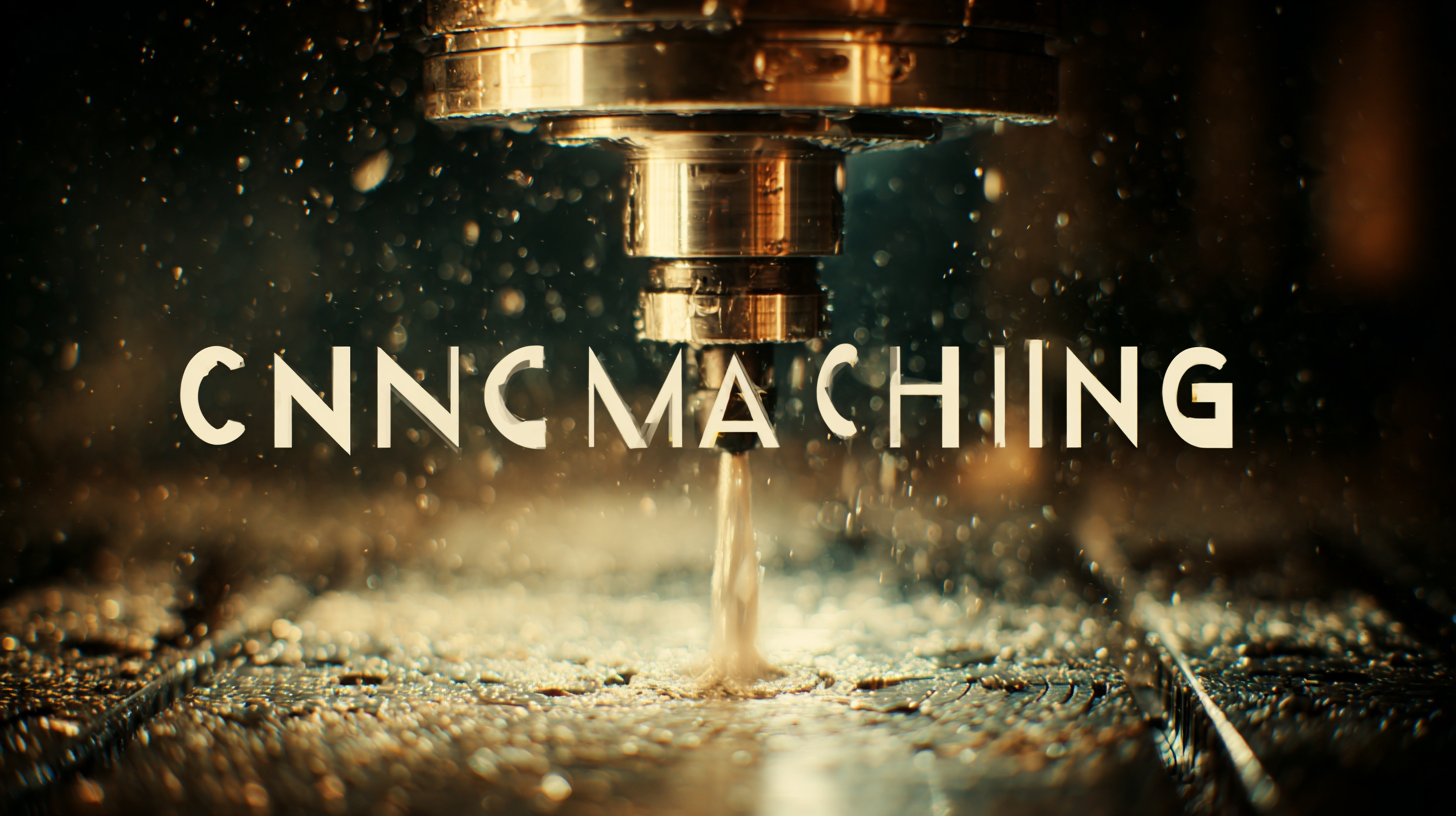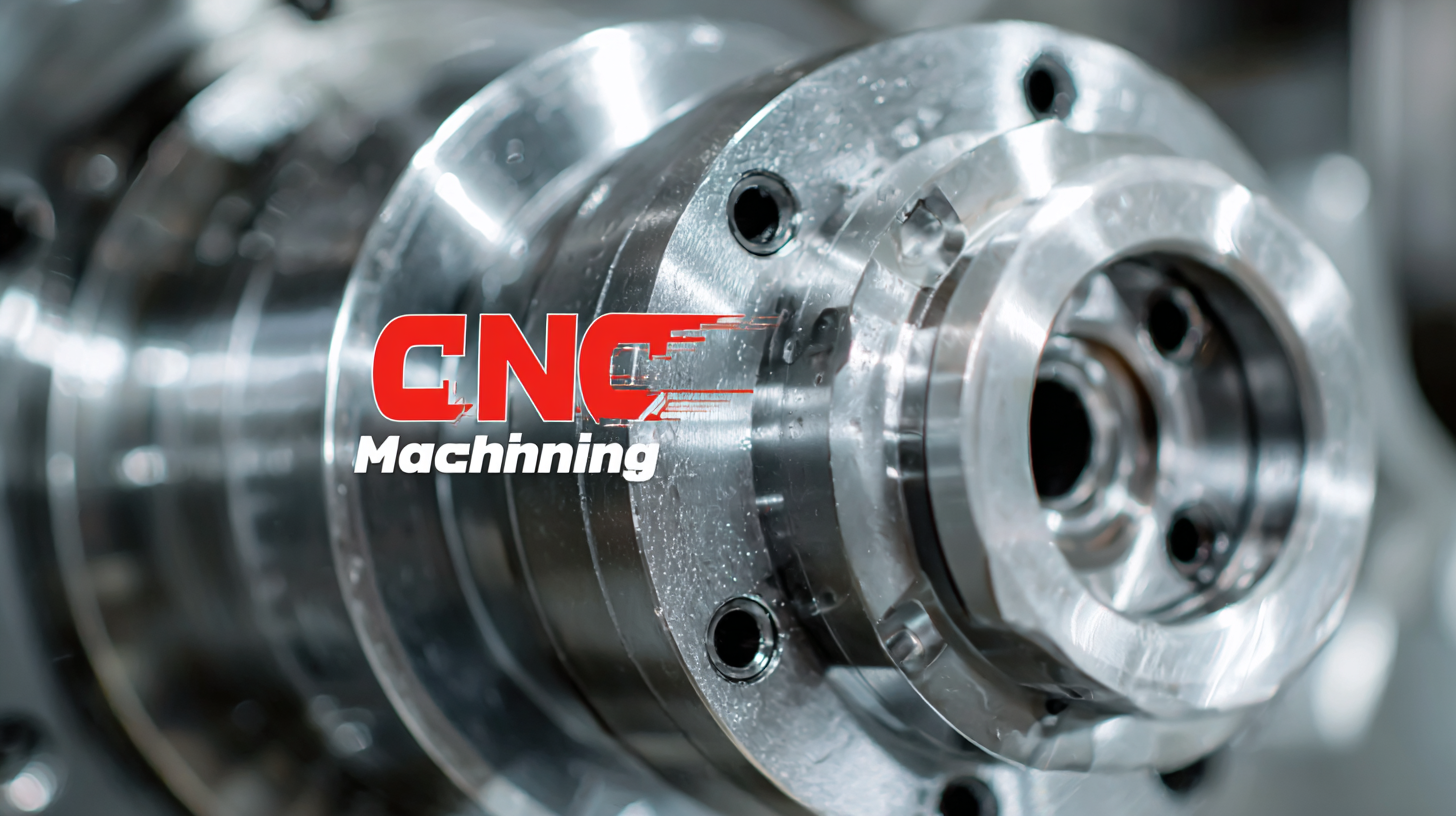The CNC machining industry is poised for significant growth, with a compound annual growth rate (CAGR) of 8.21% projected over the coming years. This expansion is driven by the increasing demand for precision-engineered products across various sectors, particularly in automotive, aerospace, and electronics.
As technology advances, CNC machining is becoming more sophisticated, enabling manufacturers to produce complex parts with high accuracy and efficiency. This adaptability not only enhances product quality but also reduces lead times, making CNC machining an attractive option for businesses looking to streamline their operations.
However, the industry also faces challenges that could impact its growth trajectory. Supply chain disruptions, fluctuations in raw material prices, and the need for skilled labor are significant hurdles that manufacturers must navigate.
Additionally, the rise of automated and smart manufacturing processes introduces competition from alternative technologies. Yet, these challenges also present opportunities for innovation and collaboration, as companies seek to develop new solutions that maximize productivity and minimize costs.
As the CNC machining market continues to evolve, it is essential for businesses to stay proactive in addressing these challenges while leveraging new technologies to capitalize on emerging opportunities.







